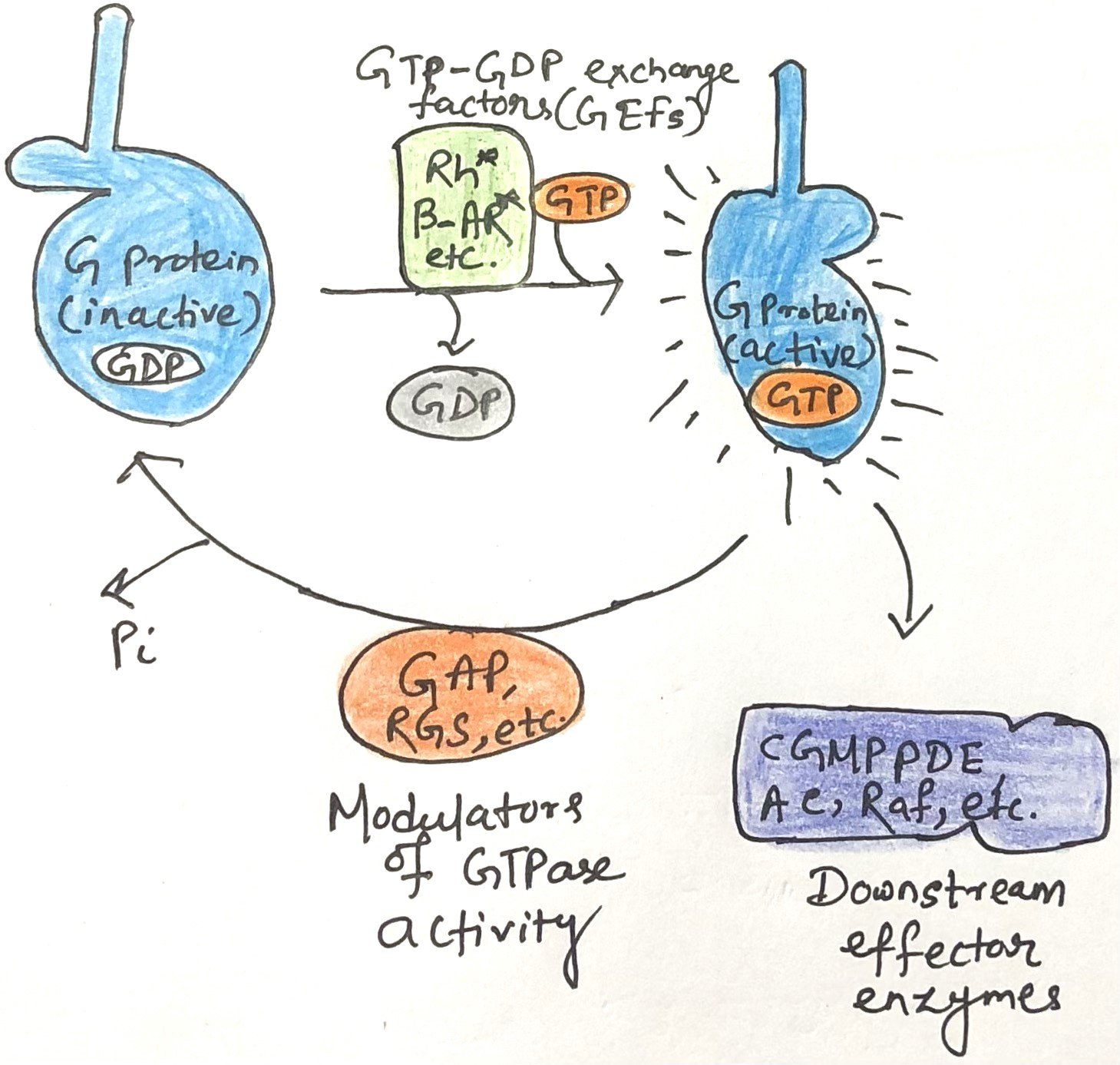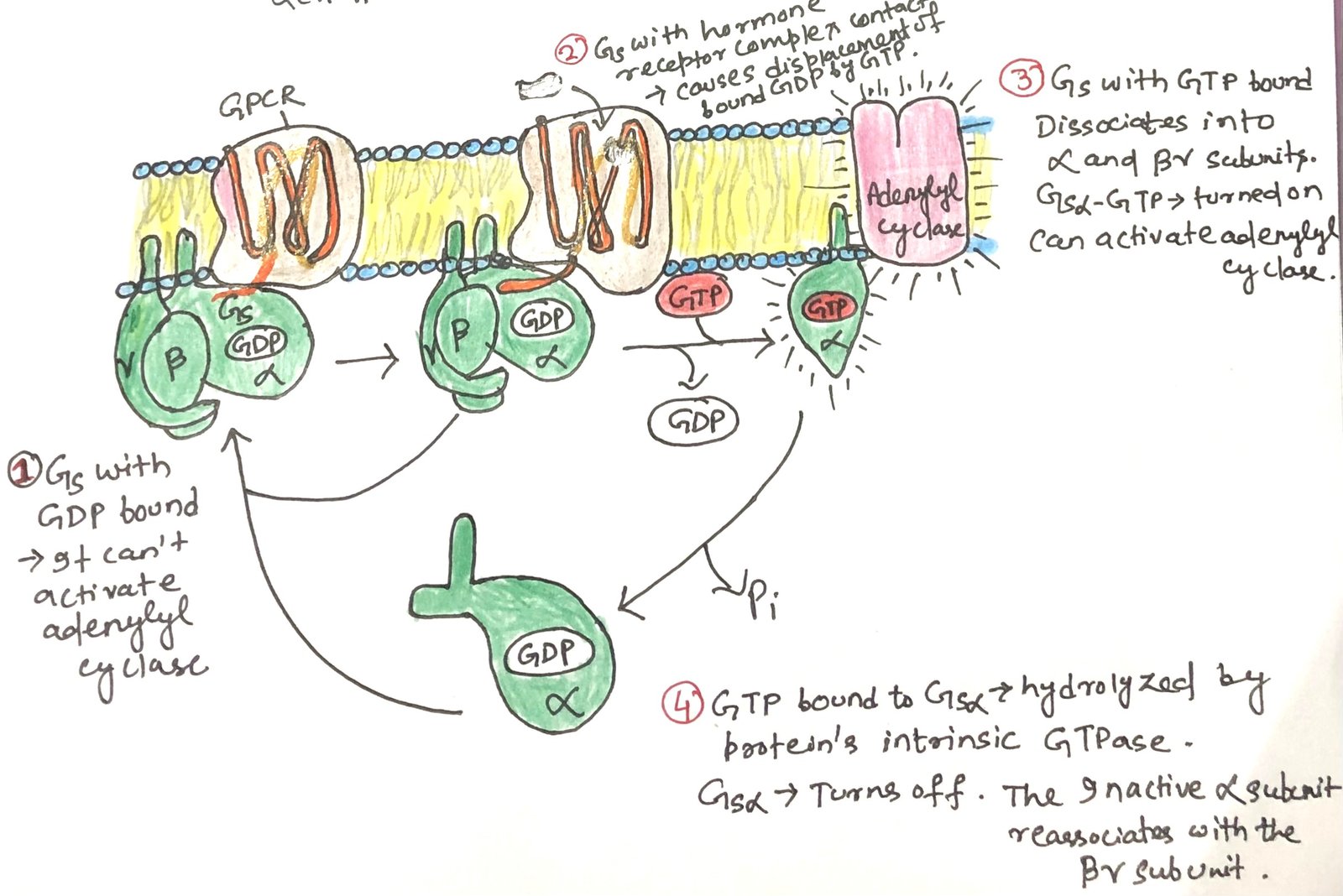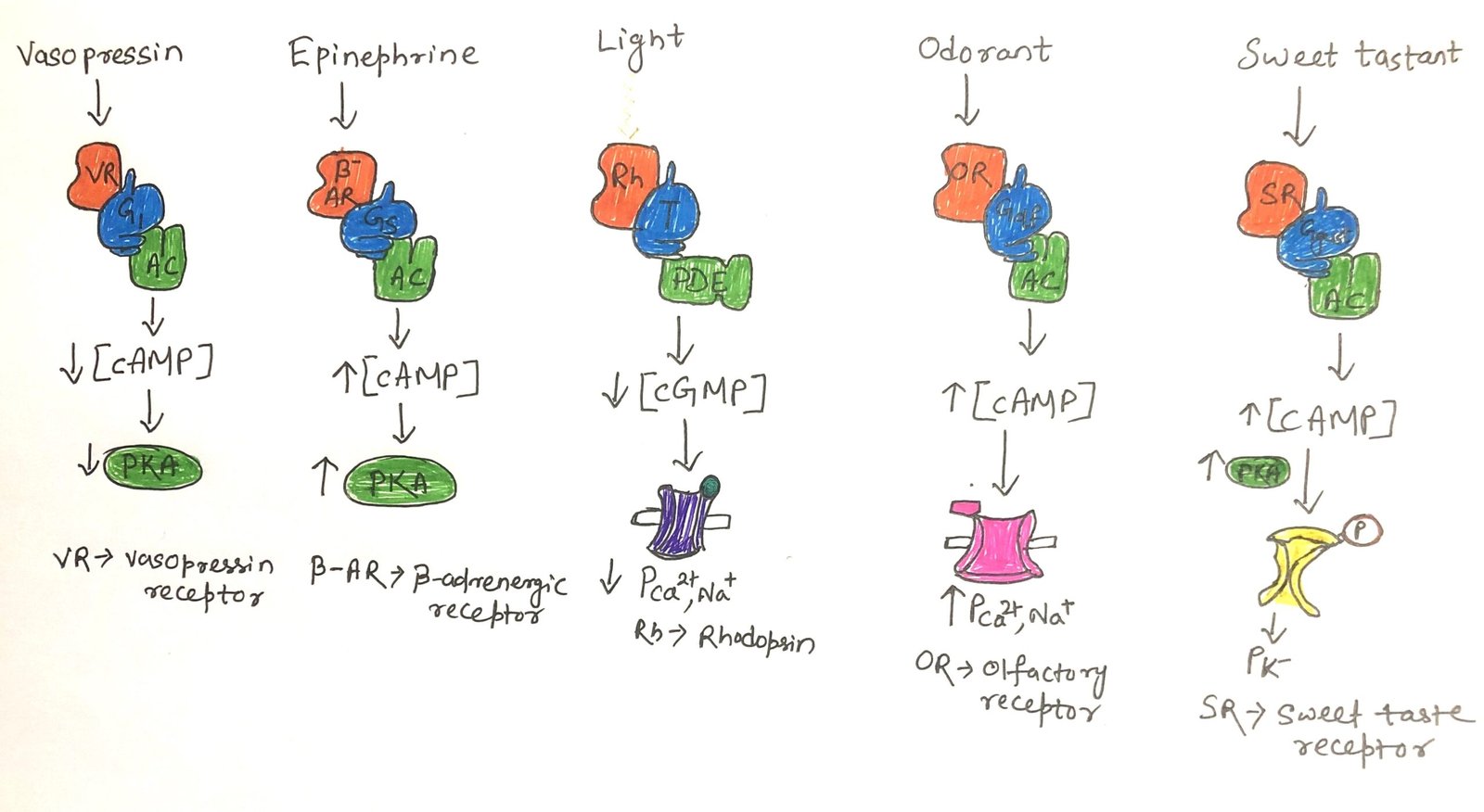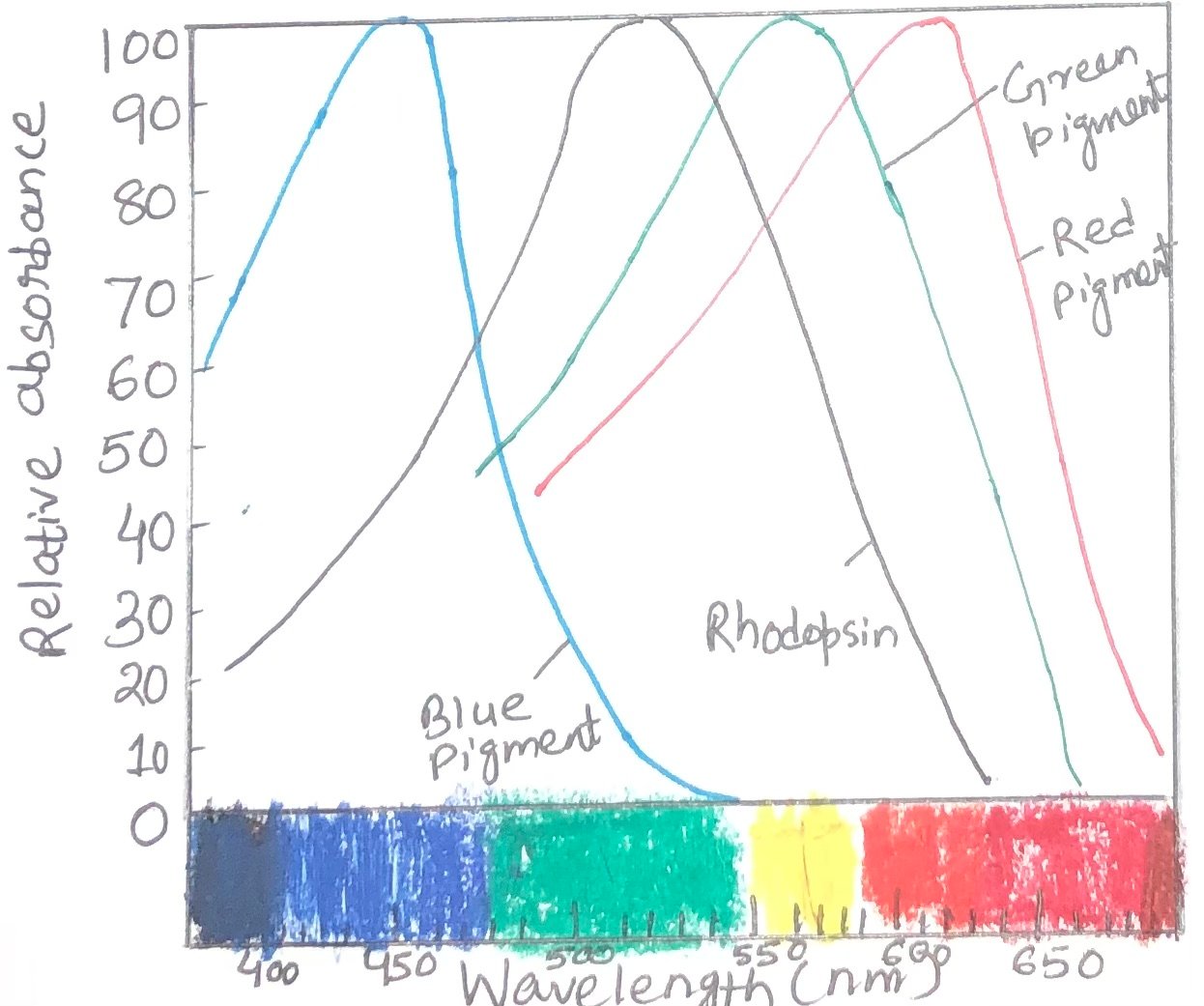G Proteins at the Crossroads of Health and Disease
In this article, I provide a brief description of G proteins, which play crucial roles in various signaling processes. However, defects in G proteins lead to the development of many diseases. G Proteins Guanine nucleotide-binding proteins (G proteins) are a group of proteins that function as molecular switches within cells. They help transmit signals from … Read more >>









